(1582 products available)


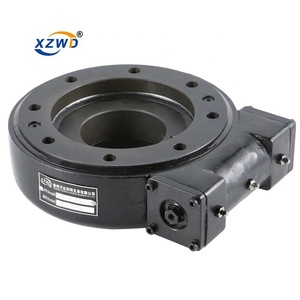











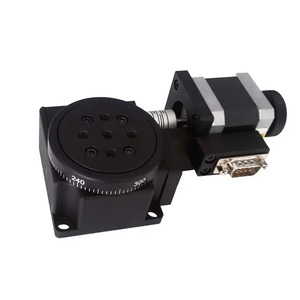





















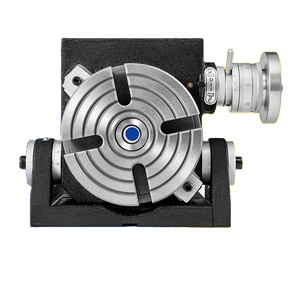














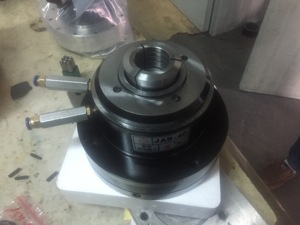







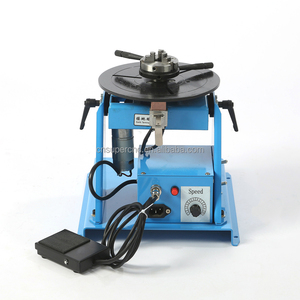















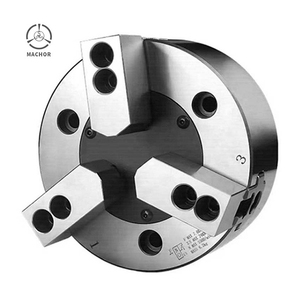

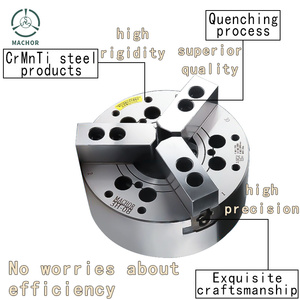






















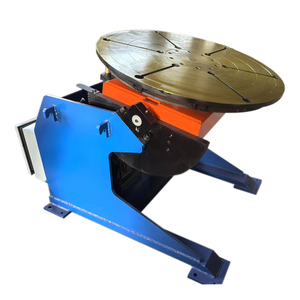

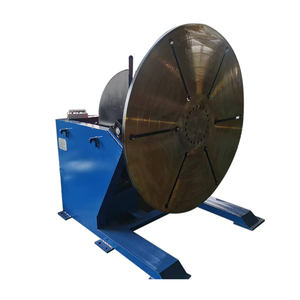








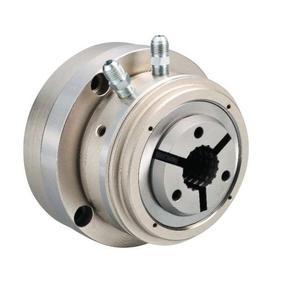

















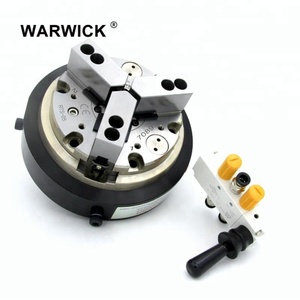


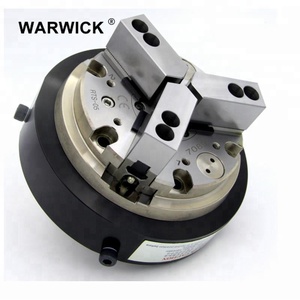




















A rotary table chuck is a work-holding device commonly used in CNC machines and woodworking rotary chucks. It is designed to hold workpieces of different shapes and sizes during machining operations that involve rotating the workpiece to achieve more accurate cuts. There are standard wrap-around chucks and custom rotary chucks.
Wrap-around rotary table chucks
Wrap-around rotary chucks encompass the circumference of an otherwise round workpiece. They are generally used to hold round or tubular workpieces that cannot be held by standard lathe chucks. Like standard rotary chucks, they have self-centering features that eliminate the need for manual adjustment.
Custom rotary table chucks
Designers and engineers create custom rotary chucks to meet unique applications. Custom features may include specific sizing, extra work-holding features, special material selection, or any other unique requirement.
Additionally, there are rotary table chucks based on the method of operation and control.
Manual rotary table chucks
A manual rotary table chuck requires the operator to manually adjust its position for workpiece alignment. This rotating worktable comes with a handle that moves the tabletop to a desired angle for the workpiece to be cut to a particular shape. The part needs to be clamped manually before moving the table to make the necessary cuts. The tables with a manual rotary chuck are mostly simple to use and applicable to basic machining tasks. They may not provide the level of precision and efficiency required for more complex applications.
CNC rotary chucks
A CNC rotary table chuck is integrated into a CNC machine tool. This may provide additional capabilities like simultaneous five-axis machining and automatic workholding. Such advanced features raise a machining device's precision and efficiency to industrial and automation standards.
Machining of circular components
Using an air rotary table chuck as part of a machining workholding is an integral part of machining circular workpieces. These types of rotary chucks are designed specifically to hold round stock securely during the machining process. An example of an air rotary table chuck could be the customized rotary table chuck.
Multi-surfacing of workpieces
This is a feature of rotary tables in CNC machining. A CNC rotary table chuck allows for automation and provides exactly what is needed for the multichip machining of workpieces with high precision and efficiency. As a result, no multiple setups are required. The machining time is effectively reduced for easier workpiece handling.
Machining of irregularly shaped objects
Workpieces that can't be easily clamped require a rotary table fixture for machining. In this case, the 3-jaw (or, in some cases, 6-jaw) chucks are useful for freely holding the workpieces from their outside diameter. Another way to use the rotary table is in conjunction with an indexing plate or sphere. A rotary table indexing plate does is it provides some kind of a pre-determined hole pattern that is used for the workpiece to be easily and accurately rotated.
Grinding of workpieces
Rotary tables with tilting features are frequently found to be used in grinding operations. This includes the tenon and the disc-type rotary tables. What is specific to this scenario is that the workpiece is not only ground into a circular shape, but also an irregular shape as well. The grinders, which are usually CNC-controlled, can easily achieve this with high accuracy and repeatability.
Both the quality and cost of the rotary table chuck are important considerations when, but more importantly, what it will be used for must be taken into account before rushing to purchase one. Consider the following factors:
Workpiece geometry and size
It's important to think of the shape and dimensions of the items an air rotary table chuck will hold. Make sure the rotary table chuck can grip the workpieces securely and effectively, especially if they have an unusual shape. Also, ensure that the size of the rotary table chuck is appropriate enough for one's machining requirements.
Contact area and chuck force
When a rotary table chuck has a sufficient contact area, it is able to provide enough holding forces to grip the workpieces securely. Select chucks with an appropriate contact area and holding force for the specific workpieces and machining operations to be performed.
Repeatability and accuracy
It is crucial to choose a rotary table chuck that offers high repeatability and precision, particularly for those who work in applications that require tight tolerances and high levels of accuracy frequently. Prioritize chucks with good repeatability and accuracy specified, and take into consideration factors such as wear resistance, damped, thermal stability, and resolution to preserve positioning precision over time.
Chucking mechanism and control
As mentioned above, a rotary table can have different types of chucks, including air rotary chucks and others that were previously stated, all of which have different ways of holding works. Select the chuck mechanism and control suitable for the machining needs, considering factors such as operator requirements, integration simplicity, and available control systems.
Q1: How are rotary tables used in machining rotary table chucks?
A1: Rotary tables are usually mounted horizontal or vertical to the machine press with the chuck on the work piece side. The combination of filterless tobacco products and CNC-controlled rotary tables can achieve a high-quality production effect.
Q2: Which industries use rotary table chucks?
A2: Rotary table chucks are used in various industries, including automotive, aerospace, engineering, plastic products, and machine tool manufacturing. They are used in precision machining applications that require high efficiency and accuracy, such as rotating workpieces during machining processes like milling, drilling, tapping, and other rotary machining operations.
Q3: What are the latest developments in rotary table chucks?
A3: The latest developments in rotary table chucks include intelligent rotary table chucks with automatic identification and fixed function, high-precision rotary chucks, and heavy-duty rotary chucks with a larger bearing capacity and higher precision to meet the requirements of complex precision machining.